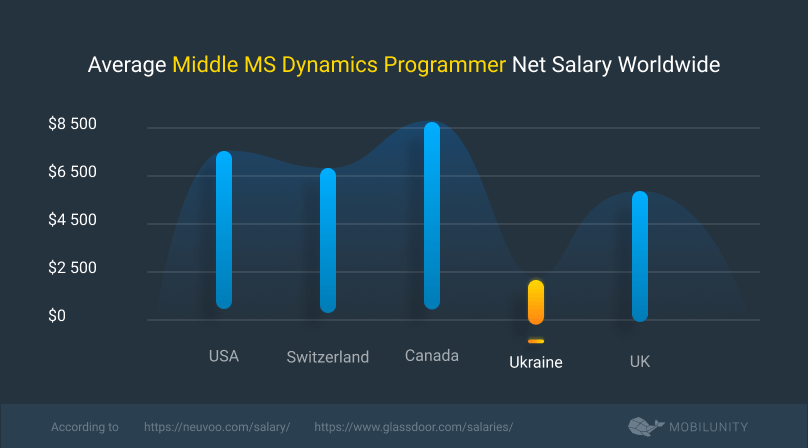

Dev environment ( will consume azure credit).You can achieve this by creating custom security roles by providing areas that Microsoft has not specified the license example “A user may be required to approve a purchase order but they are not processing it as per the date of this post-microsoft has not specified a license for an entry menu item for purchase order’ you can push that user to team Member “ the minimum is 20 licensing Push as many users as possible to the Team member license. Your commitment/ one year /three years/.The pricing is available here and may also depend on the following. Team member- for any other user who is not a heavy user.Project management - for core project management team Supply chain- For the core supply chain team.You must buy a combined 20 licenseįinance - This is for the core finance team I have administered Dynamic 365 finance and operation cloud and I can share some experiencesīy core, I mean users that are who is a specialist in these areas. I quote, implement, and support this stuff every day. But hopefully this helps give you a ballpark.įeel free to reach out if you'd like to discuss further and in more detail. Really, this is a good question for your partner(s). There are programs/promotions that can bring these costs down. Team Members have limited access to the system according to their job duties. That will really depend on how many can be classified as Team Members. If it's truly 400 users (not employees) then the cost scales accordingly. This is for a company with around $500M in annual revenue. I pulled this example from real-world, average monthly billing of one of my manufacturing clients with around 400 employees and a similar breakdown to what I described. With a breakdown like this and an average amount of secondary costs, you'd be looking at around $20k per month. If you're saying your org has 400 employees, then it might breakdown like this:Ģ90 don't need Dynamics at all (think shop floor production workers) It's best to plan for this to be higher in years 1-2, then you can start scaling it back in some areas, like eliminating extra test environments and using locally hosted DEV environments. This is a category you can actively manage. Much of the secondary category can be considered "Azure usage". Secondary options - increased performance in Production, Azure usage, cloud hosted DEV environments, additional test environments, data warehousing, advanced analytics Types of users - Finance, SCM, Team Members, those who don't need Dynamics at all It really depends on two factors: which type of users you have and what secondary pricing options you need.


 0 kommentar(er)
0 kommentar(er)
